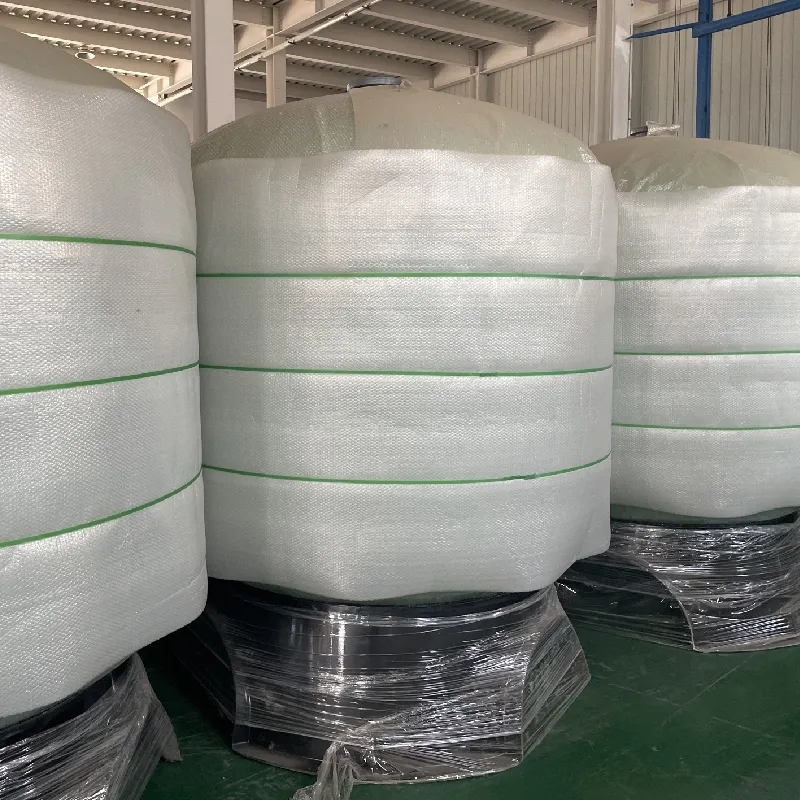loading...
- No. 9, Xingyuan South Street, Dongwaihuan Road, Zaoqiang County, Hengshui, Hebei, China
- admin@zjcomposites.com
- +86 15097380338
- Welcome to visit our website!
reinforced concrete with frp bars mechanics and design
Reinforced Concrete with FRP Bars Mechanics and Design
The use of Fiber Reinforced Polymer (FRP) bars in reinforced concrete structures has emerged as a revolutionary approach to enhance the mechanical properties and overall durability of concrete systems. FRP bars, made from high-strength composites, offer various advantages over traditional steel reinforcement, including reduced weight, corrosion resistance, and improved tensile strength. This article explores the mechanics of reinforced concrete with FRP bars and discusses critical design considerations for structural applications.
Understanding the Mechanics
Concrete, while possessing excellent compressive strength, is inherently weak in tension. To overcome this limitation, traditional reinforcement involves embedding steel bars (rebar) within concrete. However, steel is susceptible to corrosion, especially when exposed to harsh environmental conditions, leading to structural degradation and costly repairs. This is where FRP bars shine.
FRP bars are composed of a polymer matrix reinforced with fibers, such as glass, aramid, or carbon. These materials exhibit high tensile strength and lightweight characteristics. In terms of mechanics, FRP bars can bear substantial tensile loads, making them particularly effective for tensioned components in concrete structures. The effective bond between the FRP bars and the surrounding concrete is crucial, as it ensures that tensile stresses are efficiently transferred.
In addition to tensile strength, the use of FRP bars can significantly enhance the durability of concrete structures. FRP is resistant to chemical attacks, moisture, and environmental degradation, ensuring that the integrity of the structure is maintained over time. This is particularly vital in applications such as bridge construction or in coastal areas where exposure to saltwater can lead to rapid corrosion of steel reinforcements.
reinforced concrete with frp bars mechanics and design

Design Considerations
When incorporating FRP bars into concrete design, engineers must account for several unique properties and challenges associated with these materials. One key consideration is the difference in elastic modulus between FRP bars and traditional steel reinforcement. The elastic modulus of FRP is generally lower than that of steel, which can alter how structures respond to loads and stresses.
To optimize the performance of reinforced concrete with FRP bars, proper design methodologies must be employed. The design process should include detailed calculations to establish the appropriate amount and positioning of FRP reinforcement to ensure that the structure meets safety and performance criteria. Additionally, the bond strength between FRP bars and concrete is a critical factor, requiring consideration of surface treatments for enhanced adhesion and load transfer.
Moreover, temperature-related effects should be assessed, given that FRP materials can exhibit larger thermal expansion coefficients compared to concrete. Engineers must design for differential movements which could arise due to fluctuations in environmental temperatures.
Conclusion
The integration of FRP bars in reinforced concrete structures presents a multitude of benefits that can enhance their performance and longevity. While the mechanics of FRP-reinforced concrete differ from traditional methods, understanding these differences is essential for effective design. As technology continues to advance, the application of FRP bars is likely to expand, offering innovative solutions to the challenges faced by civil engineers today. By embracing these modern materials, we can build stronger, more durable, and sustainable structures for future generations.
-
The Rise of FRP Profiles: Strong, Lightweight, and Built to LastNewsJul.14,2025
-
SMC Panel Tanks: A Modern Water Storage Solution for All EnvironmentsNewsJul.14,2025
-
GRP Grating: A Modern Solution for Safe and Durable Access SystemsNewsJul.14,2025
-
Galvanized Steel Water Tanks: Durable, Reliable, and Ready for UseNewsJul.14,2025
-
FRP Mini Mesh Grating: The Safer, Smarter Flooring SolutionNewsJul.14,2025
-
Exploring FRP Vessels: Durable Solutions for Modern Fluid HandlingNewsJul.14,2025
-
GRP Structures: The Future of Lightweight, High-Performance EngineeringNewsJun.20,2025
